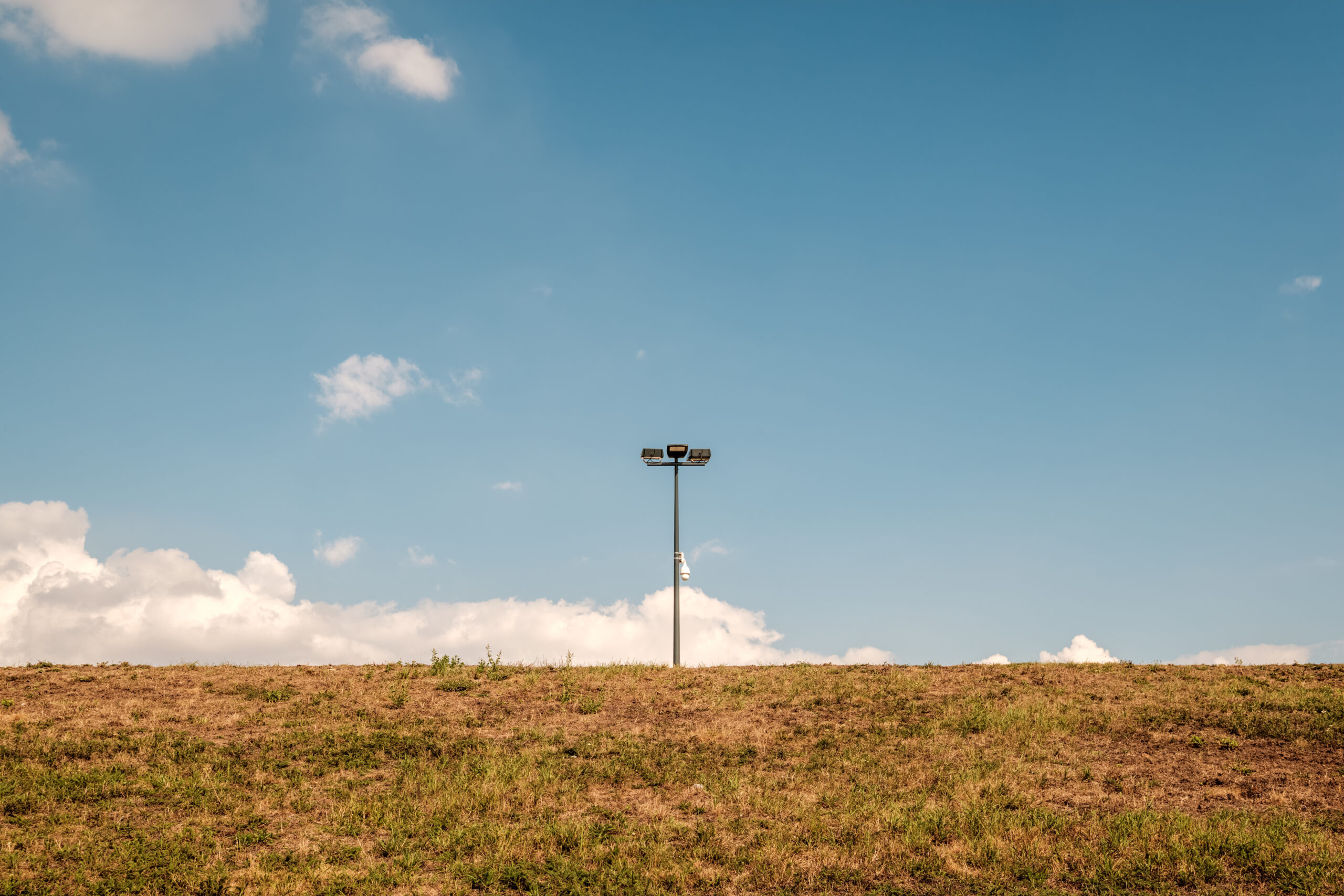In remote rural areas far from major cities, distance acts as a barrier to healthcare, and access—or lack thereof—to connectivity can mean the difference between receiving medical attention in time or never receiving it at all.
In recent years, a range of initiatives launched by the private sector and community organizations have demonstrated that digital health does not rely solely on state infrastructure. From the installation of rural antennas to the creation of online care platforms, a new form of healthcare access is emerging—driven by the convergence of technology, social commitment, and forward-thinking vision.
In communities across northern Argentina, deep Patagonia, and Andean valleys, establishing internet access remains a formidable challenge. In this context, projects such as Salud Conectada (“Connected Health”)—a collaboration between local cooperatives and tech companies—are transforming the present reality for many.
This program focuses on installing low-frequency antennas powered by solar energy, capable of linking small rural health centers and outposts with reference hospitals located hundreds of kilometers away.
Thanks to this connectivity, rural doctors can consult in real time with specialists, send diagnostic images, or receive training without having to travel to areas with existing infrastructure.
The Role of the Private Sector and Local Collaboration
This connectivity model did not originate from a state-run plan but from the contributions of multiple stakeholders—telecommunications companies, electrical cooperatives, medical organizations, and technology foundations.
Each party provides an essential component: companies supply infrastructure and technical expertise; cooperatives handle local maintenance; medical organizations train healthcare personnel; and foundations fund the initial installation.
In most rural deployments, innovation arrives first through the private sector or public-community partnerships that manage to bypass state bureaucracy.
What distinguishes these projects is their adaptability to local conditions and their redefinition of connectivity—not as a technological service but as a health right.
Another major advantage of these projects lies in their technical sustainability. Rural antennas are often powered by solar panels, ensuring energy autonomy and lowering operational costs. A single base antenna can cover up to 30 kilometers in radius, and expenses continue to drop thanks to advances in solar and fiber-optic technologies.
Once connectivity is established, its potential multiplies, enabling a wide range of community services—especially in healthcare.
Rural telemedicine platforms such as Médico Digital and Salud Remota allow patients to be treated by specialists from across the country without leaving their communities.
This represents a major breakthrough in healthcare access, particularly in regions where travel is costly or roads are impassable. The technology reduces diagnostic delays and alleviates financial burdens for families.
One example can be found in the town of Ñorquincó, Río Negro, where an antenna installed in 2023 connected the local hospital with the San Carlos Sanatorium in Bariloche. In its first year, more than 400 patients received care from cardiology, neurology, and pediatrics specialists without the need to travel.
Moreover, cases that previously went undetected—such as arrhythmias in children or complications in high-risk pregnancies—were identified in time.
Connectivity as a Catalyst for Broader Transformation
The digitalization of medical records is advancing hand in hand with connectivity. Online registries make it possible to track chronic patients, monitor supplies of essential medicines, and detect epidemiological outbreaks.
Connectivity also transforms healthcare training, as nurses, health promoters, and community agents can now access virtual courses on topics such as rural emergencies, perinatal care, and the prevention of endemic diseases.
This model makes it clear that digital health is a tool for inclusion. It does not replace the public system but complements it in times of great need. Rural antennas, online medicine platforms, and sustainable energy solutions are shaping a new paradigm of care—one that recognizes that health cannot wait and that progress can be achieved through intelligent partnerships and local commitment.
Each antenna installed in an overlooked community stands as a signal that progress can rise from the ground up—powered by cooperation.



